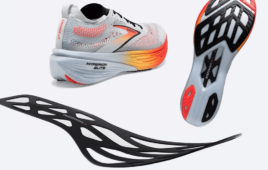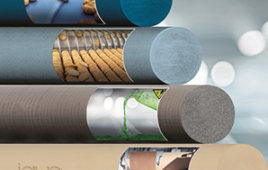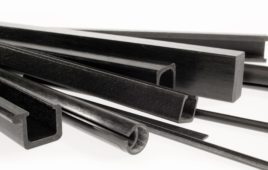Bonding can be seen as a trend allowing miniaturization and opening up application fields where soldering and other joining methods reach their limits.
In the last column we discussed bonding of large components and cited three examples. This month we will turn the tables and discuss how extremely small parts like those found in electronic applications are bonded and follow the principle: Small, smaller the smallest.
MEMS packaging: Bonding tiny sensors
Microelectromechanical systems (MEMS) are increasingly becoming more important. Today, they can be found in many everyday products including cars, printer and mobile phones.
They can act as acceleration sensors, tire pressure sensors as well as mass flow sensors. These tiny sensors combine semiconductor technology and miniature mechanics in the micrometer range and are almost always made of silicon.
There are four major application areas in MEMS packaging where adhesives are used: cap bonding, glob top, ASIC die attach and MEMS die attach. Die attach applications represent the greatest bonding challenges.
In this particular application it is essential that the adhesive used is flexible enough to prevent the micromechanical structure from being subjected to tensions during packaging and upon temperature changes. At the same time, it must have high die shear strength.
For example, it should give the component high strength on the surface. The typical size of a complete package is 1.5 x 2 mm. The MEMS die usually has dimensions of 1 x 1 mm. Approximately 0.05 to 0.1 mg of adhesive is required for a surface this small.
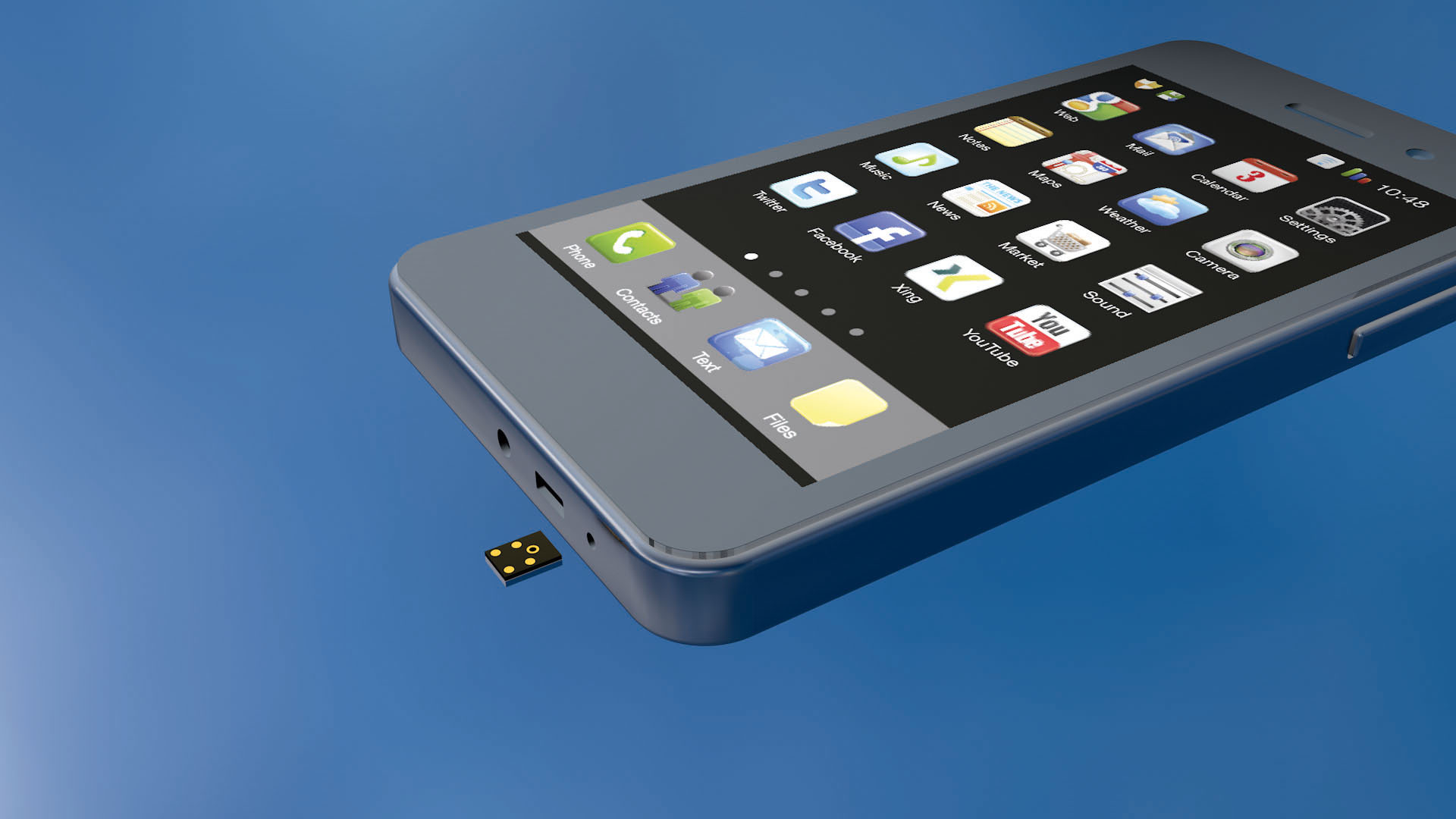
MEMS versus Mobile Phone. (Image credit: DELO)
RFID: A contactless technique
More and more RFID labels are being used in everyday life. In the supermarket, on tickets or labels encrypted data is saved. This data may include personal details, prices or addresses that are made readable.
In general, RFID labels accelerate and facilitate work processes. For example, companies can better coordinate and monitor incoming and outgoing goods.
The smart label – a label equipped with a semiconductor chip and antenna, transfers data in the High Frequency (HF) and UHF range. The adhesives used play an essential role in RFID technology, and are integrated into fully automated processes.
Adhesives fix and contact the tiny chips with a size down to just 400 µm to the antenna. These products are characterized by extremely fast curing, very high reliability and yield rates up to 20,000 chips per hour. About 0.02 mg of adhesive is used per label.

Lift pass with integrated RFID tag. (Image credit: DELO)
Hard disk drives are becoming smaller
When bonding hard disk drives (HDD), the principle is: The smaller the component, the more important bonding becomes. Today, many HDD elements are merely bonded.
Every single bonding area imposes different requirements on the adhesive. Reader arm bonds are particularly challenging. The bearing that makes the arm movable is bonded into a specific borehole.
The head floats above the magnet plate at a distance of less than 2 nm. These dimensions bring about the realization that even microscopic dust particles or adhesive molecules can be huge obstacles and significantly impair function. Therefore, HDD manufacturers have high expectations in terms of outgassing and purity of the adhesives.
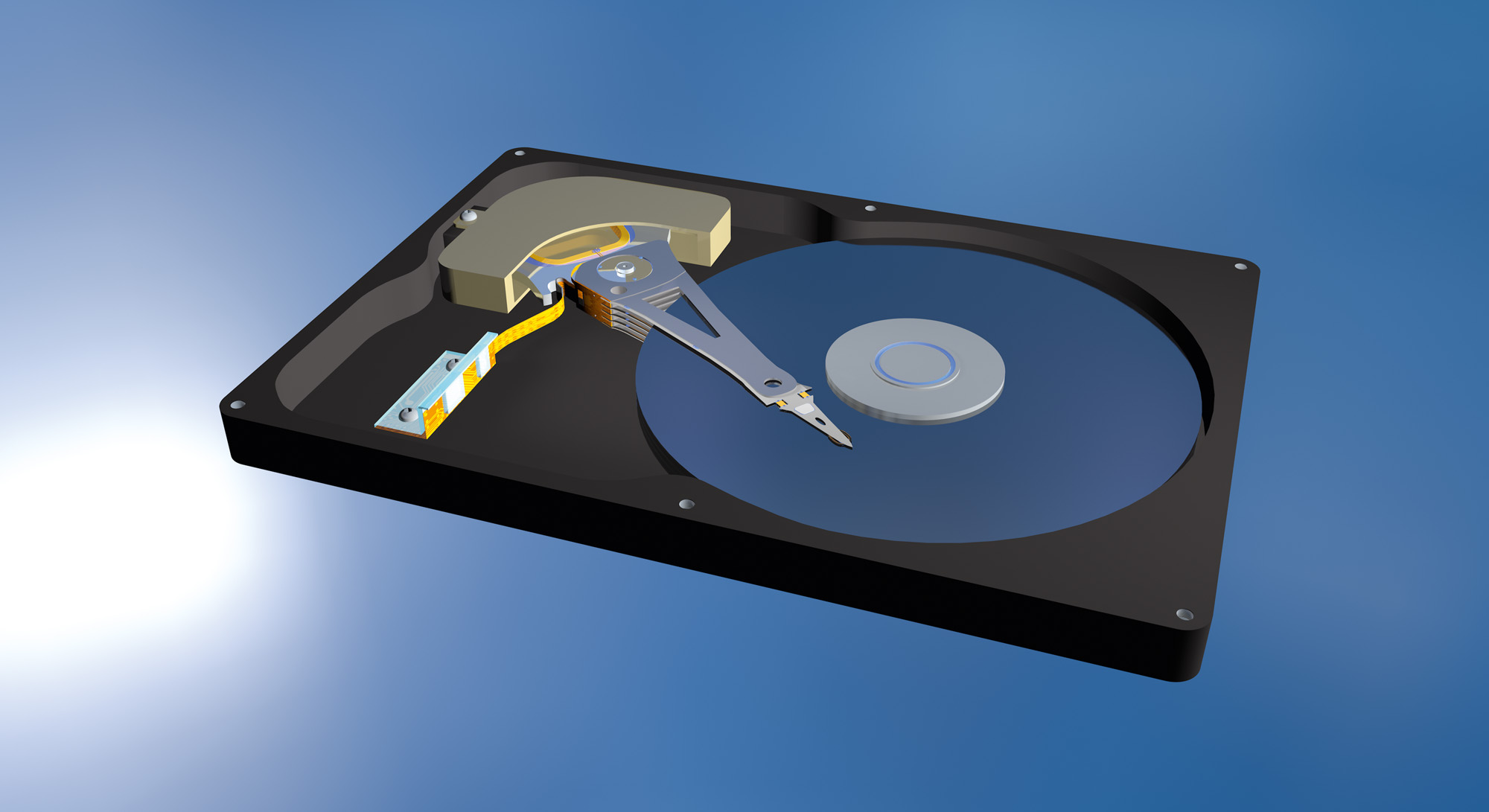
The reader collects information from the magnet plate. (Image credit: DELO)
As you can see, adhesives are the right choice when aiming for miniaturization in industrial production.
Precisely applying extremely small amounts of adhesive helps implement a fast and reproducible process that manufacturer strive for.
Filed Under: Sensors (pressure), Materials • advanced

